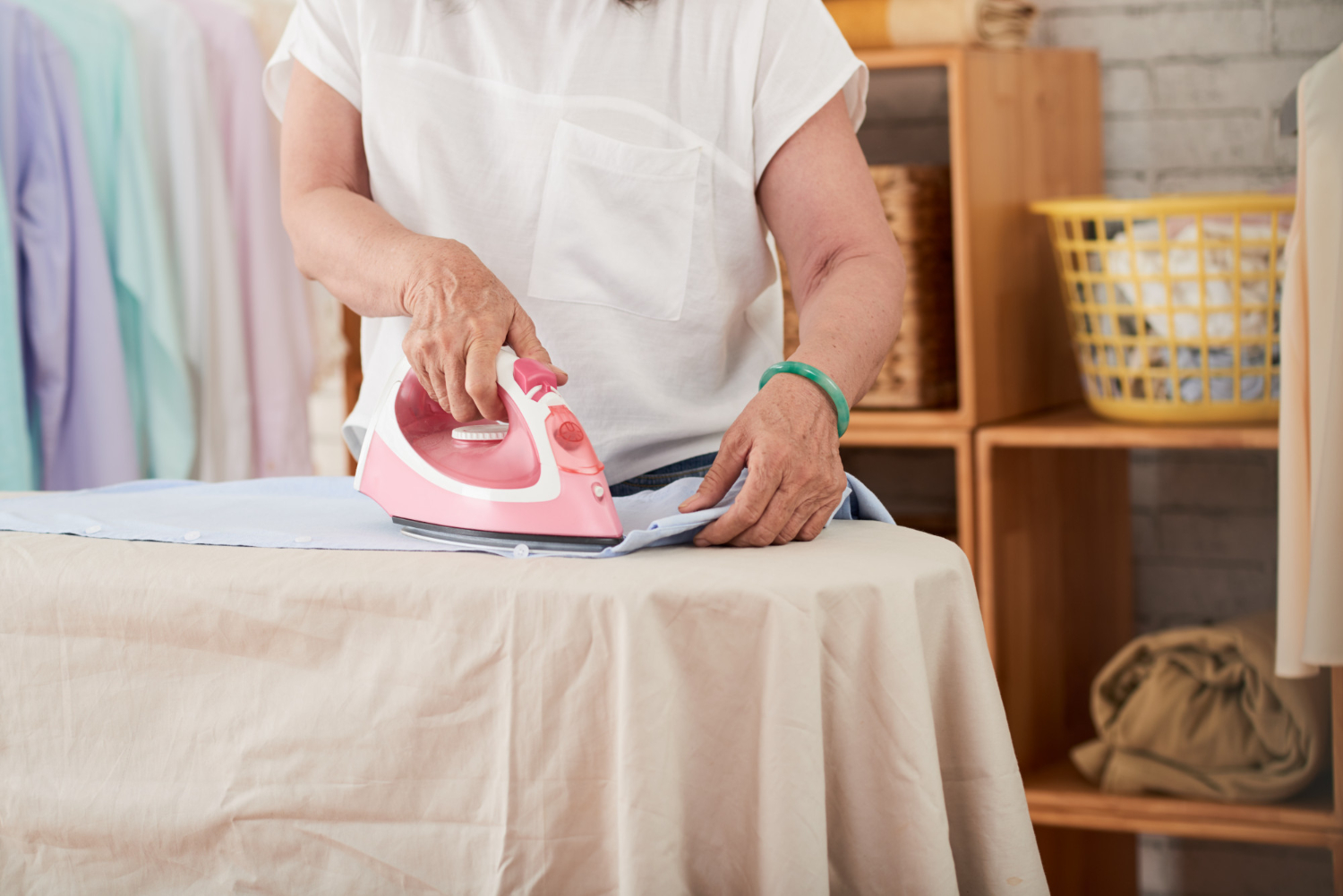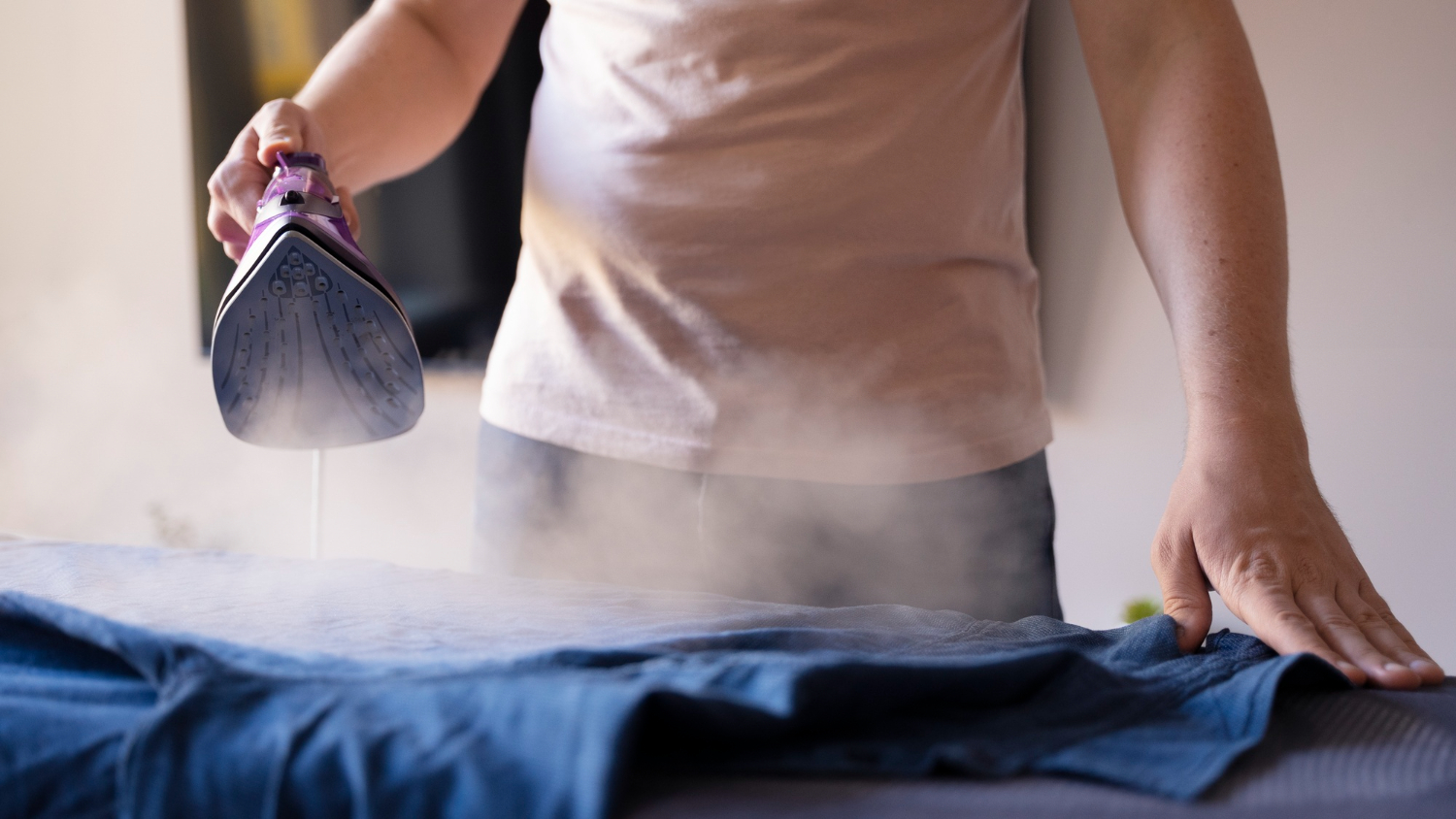Introduction
How to get fabric softener stains out of clothes? Laundry mishaps happen to the best of us, and fabric softener stains on your clothes can be a frustrating surprise. These stains often go unnoticed until after the laundry cycle is complete, leaving your favorite garments looking less than their best. But don’t worry; we’ve got you covered with this detailed guide on effectively removing fabric softener stains from your clothes, ensuring they remain as good as new.
What Causes Fabric Softener Stains?
Understanding the root causes of fabric softener stains is essential for effective stain removal and prevention. These stains often occur due to several factors related to the composition of fabric softeners and the washing process:
Inadequate Dispersion
- Incomplete Dissolution: Fabric softeners are formulated with various chemicals and oils to make your clothes soft and static-free. When these components don’t fully dissolve during the wash cycle, they can adhere to your clothes, leaving behind stains.
- Overuse: Using an excessive amount of fabric softener can overwhelm the washing machine’s ability to disperse it evenly. This results in concentrated spots of softener on your garments.
Fabric Composition
- Fabric Type: Certain fabrics are more susceptible to fabric softener stains than others. Natural fibers like cotton and synthetic materials such as polyester may react differently to fabric softeners, leading to varying degrees of staining.
Water Quality
- Hard Water: The hardness of your water can impact the effectiveness of your detergent and fabric softener. In hard water areas, minerals in the water can interact with the softener, potentially leading to staining.
Overcrowded Loads
- Overloading the Washing Machine: When you overload your washing machine, clothes may not have enough space to move freely during the wash. This can prevent the proper distribution of fabric softener, increasing the chances of stains.
Identifying Fabric Softener Stains
Recognizing the Problem
- Visible Residue: Fabric softener stains are often characterized by a greasy, waxy residue on the fabric’s surface. This residue is typically clear or white and can be mistaken for detergent residue.
- Stiffness and Clinging: Affected clothes may feel stiff and have a tendency to cling to each other. This can make them uncomfortable to wear.
- Unpleasant Odor: Fabric softener stains can also lead to a lingering, unpleasant odor on the garments. This odor can be especially noticeable when the clothes are damp.
- Yellowing: In some cases, fabric softener stains can cause the affected areas to turn yellow, making them more visible and challenging to remove.
Removing Fabric Softener Stains
When fabric softener stains rear their unwelcome presence, it’s crucial to know how to get fabric softener stains out of clothes effectively. Below, we provide a comprehensive guide on how to rescue your clothes from the clutches of these stains:
Pre-Treatment Methods
Before you toss your stained garment into the washing machine, consider these preparatory steps:
- Scraping the Residue: Scrape out any dried fabric softener residue from the stained area using a blunt knife or spoon. This straightforward procedure might stop the residue from spreading during the wash.
- Cold Water Rinse: Start by running cold water over the stained area. This will assist in removing the fabric softener during the washing process by helping to loosen it.
- Vinegar Solution: Create a solution of equal parts vinegar and water (1:1) and soak the stained area for 10-15 minutes. The acidity of the vinegar aids in breaking down the softener residue, making it more responsive to washing.
Washing the Garment
The main cleaning process occurs during the wash cycle. Here’s what to do:
- Appropriate Detergent: Select a high-quality detergent specifically formulated for your fabric type. Ensure it’s compatible with your water conditions (soft or hard water).
- Extended Rinse Cycle: Opt for an additional rinse cycle while washing the stained garment. This extra rinse ensures thorough removal of any remaining fabric softener, leaving your clothes clean and stain-free.
Alternative Solutions
If the stain persists, try these alternative stain-removal methods:
- Lemon Juice: Fresh lemon juice should be applied to the stain and left to settle for a few minutes. After that, wash the item in cold water. Lemon juice’s inherent acidity aids in the breakdown of fabric softener residue.
- Hydrogen Peroxide: Prepare a (1:1) solution of hydrogen peroxide and water, then soak the stain in it. After that, properly rinse the clothes. As a gentler alternative to bleach, hydrogen peroxide works well to remove tough stains.
Special Fabric Considerations
For delicate fabrics that require extra care:
- Silk and Wool: Delicate fabrics often have specific care requirements. Consult the care label on the garment for precise instructions on stain removal. In some cases, it may be best to entrust stain removal to professionals who specialize in handling delicate fabrics.
- Stain-Specific Solutions: Some fabric softener stains may respond better to particular treatments. Research the fabric and the type of stain to identify the most effective solution. A tailored approach can yield better results.
Dealing with Stubborn Stains
For stains that refuse to budge, consider these measures:
- Stain Remover: Commercial stain removers are formulated for tough stains. Follow the manufacturer’s instructions and ensure the product is suitable for both the fabric and the specific type of stain you’re dealing with.
Preventing Future Stains
Preventing future fabric softener stains is the key to maintaining a pristine wardrobe. Here’s how to proactively safeguard your clothes:
- Proper Softener Dispensing: Ensure your washing machine’s softener dispenser is clean and functions correctly. Regularly clean the dispenser to prevent clogs and ensure even distribution of the softener during the rinse cycle.
- Dilute Softener: Consider diluting your fabric softener with water before adding it to the machine. This simple step can prevent concentrated softener from accumulating on your clothes, reducing the risk of staining.
- Adjust the Softener Amount: Follow the manufacturer’s recommendations for the amount of fabric softener based on your load size. Using the right quantity ensures effective softening without excess residue.
- Front-Loading Washer Tips: If you own a front-loading washer, follow the manufacturer’s instructions and add fabric softener to the designated compartment. This ensures proper distribution during the rinse cycle.
By implementing these preventive measures, you can enjoy your freshly laundered clothes without the constant worry of fabric softener stains. Your wardrobe will remain pristine, and you can relish the memories associated with your favorite garments without the nuisance of stains.
Conclusion – How to Get Fabric Softener Stains Out of Clothes
In the ongoing battle against fabric softener stains, armed with this knowledge, you’re well-prepared to rescue your cherished garments. By understanding the causes of these stains, you can take proactive steps to prevent them. If stains do appear, you now have a range of effective methods at your disposal to remove them.
It’s important to keep in mind that having a clean and organized wardrobe also involves preserving the memories connected to your favorite clothes. You now have the tools to ensure that the narrative each piece tells are not tarnished by unattractive stains.
Preventing stains is the first step on the path to a stain-free wardrobe. You can wear your favorite clothes without worrying about fabric softener stains by using our advice.
By diligently applying the knowledge and tips presented here, you can confidently face the challenge of fabric softener stains and keep your wardrobe looking its best. Embrace your role as the guardian of your cherished clothes, ensuring they remain as vibrant and stain-free as the day you fell in love with them.
Frequently Asked Questions
Q: Can I use bleach to remove fabric softener stains?
A: Bleach can sometimes worsen the stains and damage fabrics. It’s better to use alternative stain-removing methods.
Q: What if the fabric softener stain has set in for a while?
A: Older stains could be harder to get rid of, but with perseverance and the correct treatments, the techniques described in this article can still work.
Q: Is it safe to use vinegar on all fabrics?
A: Although most materials are typically safe for vinegar, it’s always a good idea to test a small, discreet area first, especially for fragile fabrics.
Q: Are fabric softener stains permanent?
A: Most of the time, fabric softener stains can be successfully removed with the appropriate remedy.
Q: Can I still use fabric softener after experiencing stains?
A: Yes, you can keep using fabric softener as long as you follow the preventative advice provided in this article to stop new stains from appearing on your clothing.
Research Additional Article: How to Get Coconut Oil Out of Clothes



